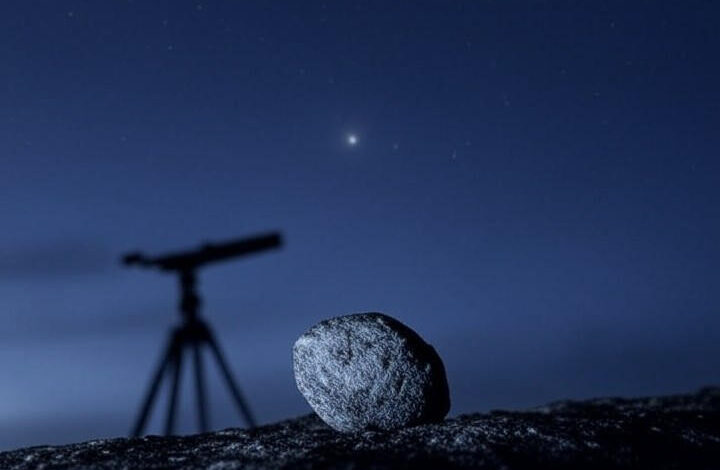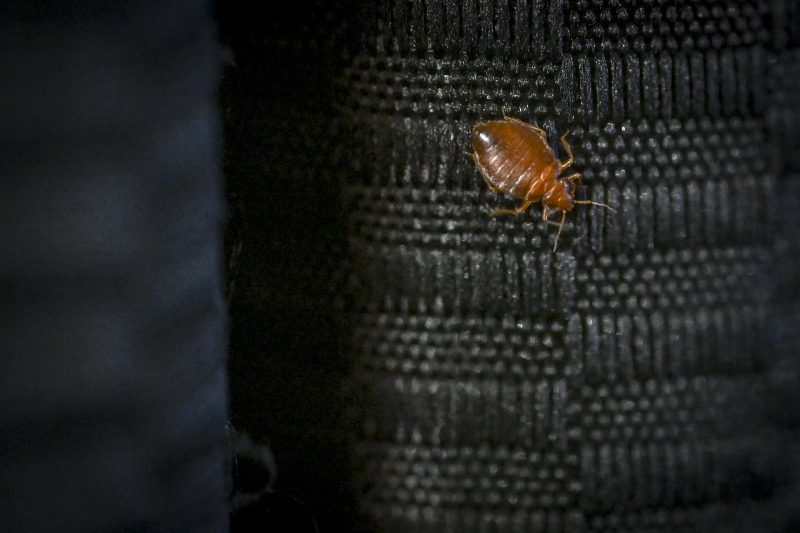Urgent: New Interstellar Object Sparks Alien Probe Controversy

BREAKING: An extraordinary discovery in our solar system has ignited fresh debates on extraterrestrial life. On July 1, 2025, the Asteroid Terrestrial-impact Last Alert System (ATLAS) telescope in Chile detected an enigmatic object, dubbed 3I/ATLAS. This marks only the third known interstellar visitor to enter our cosmic neighborhood, and its unusual trajectory has left experts scrambling to understand its implications.
As it hurtles toward Earth at astonishing speeds, renowned Harvard astrophysicist Avi Loeb has raised eyebrows by suggesting that 3I/ATLAS could be a sophisticated alien probe. Citing its “designed trajectory” and bizarre emissions, Loeb claims the object exhibits characteristics beyond typical comet behavior, fueling speculation about its origins.
According to Loeb, the object’s unexpected brightness fluctuations suggest it may be emitting self-generated light or energy, indicating potential artificial construction. He warns that if 3I/ATLAS is indeed an alien probe, it could act as a “mothership” deploying smaller reconnaissance units, possibly arriving as soon as November 2025.
Despite these sensational claims, skepticism looms within the scientific community. A fact-check from Snopes dismisses Loeb’s assertions as speculative, emphasizing that 3I/ATLAS aligns more closely with a comet profile. Experts from Space.com have labeled the probe theory “nonsense,” attributing its anomalies to observational artifacts or natural phenomena.
Social media buzz has skyrocketed, with platforms like X (formerly Twitter) showcasing sensational headlines from outlets such as the New York Post, describing 3I/ATLAS as “Manhattan-sized” and potentially catastrophic. These viral narratives contrast sharply with the more measured peer-reviewed analyses, highlighting the critical need for more observational data from powerful telescopes like Hubble and the upcoming Vera C. Rubin Observatory.
The discovery of 3I/ATLAS echoes previous interstellar encounters, such as ‘Oumuamua in 2017 and 2I/Borisov in 2019, underscoring the rarity of these cosmic visitors. Loeb urges scientists to consider all possibilities, including extraterrestrial origins, to avoid overlooking groundbreaking discoveries.
As monitoring continues, updates from The Gateway Pundit reveal ongoing observations of “glowing” emissions from 3I/ATLAS, which could provide invaluable spectroscopic data. The implications of this discovery stretch beyond academic discussions, influencing public policy on planetary defense. NASA is reportedly enhancing surveillance protocols, drawing insights from historical near-Earth object programs to assess any genuine threats posed by 3I/ATLAS.
In summary, whether 3I/ATLAS is an extraordinary alien artifact or merely a cosmic drifter, it serves as a crucial reminder of the unknowns lurking beyond our planet. As the scientific community grapples with this developing story, calls for increased funding in detection technologies grow louder, ensuring we are prepared for whatever might come next.
With public interest surging, the discourse surrounding 3I/ATLAS is poised to evolve, keeping the question of extraterrestrial intelligence at the forefront of scientific inquiry. Stay tuned for updates as this story develops.






